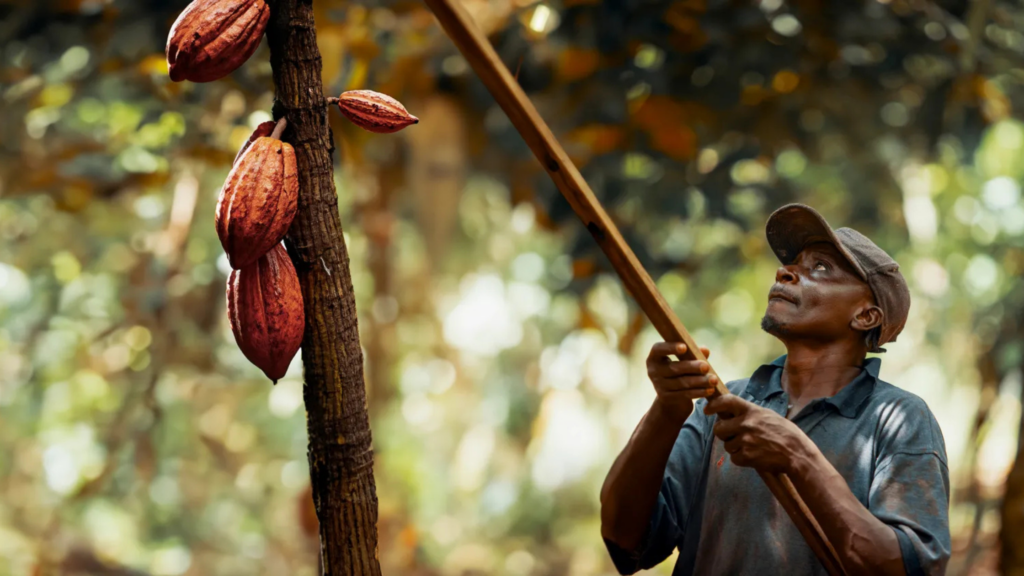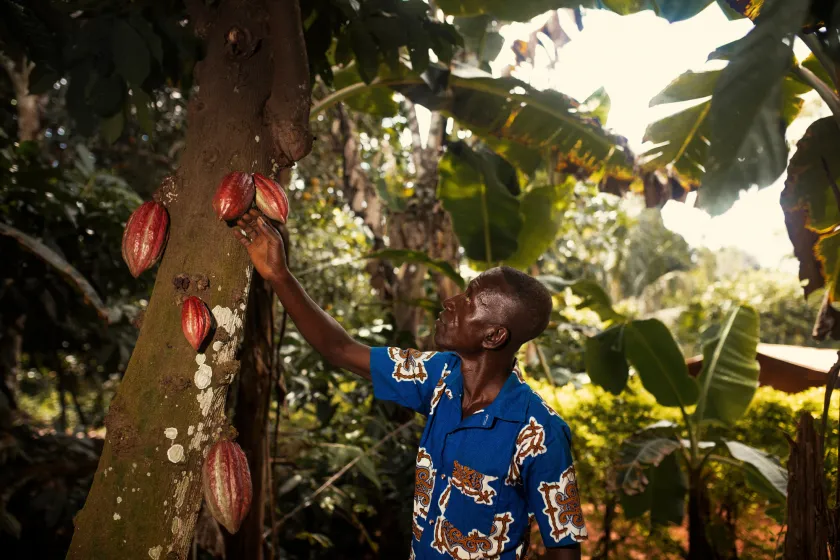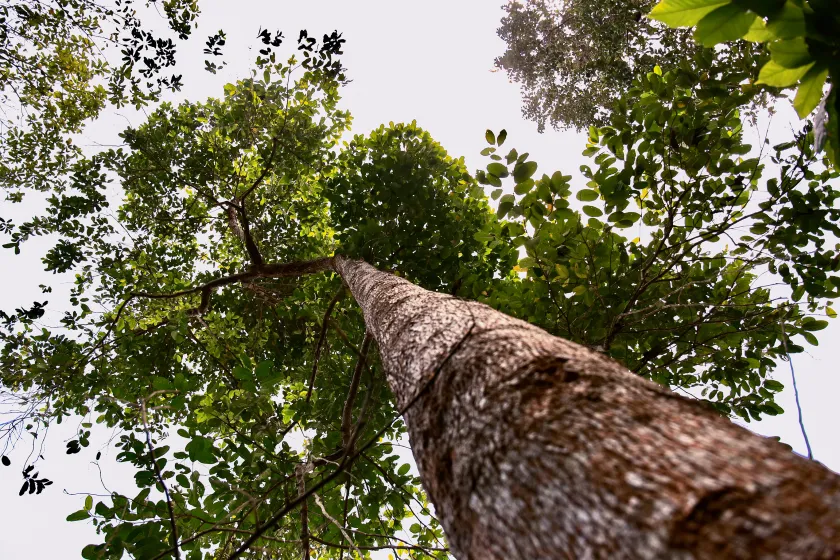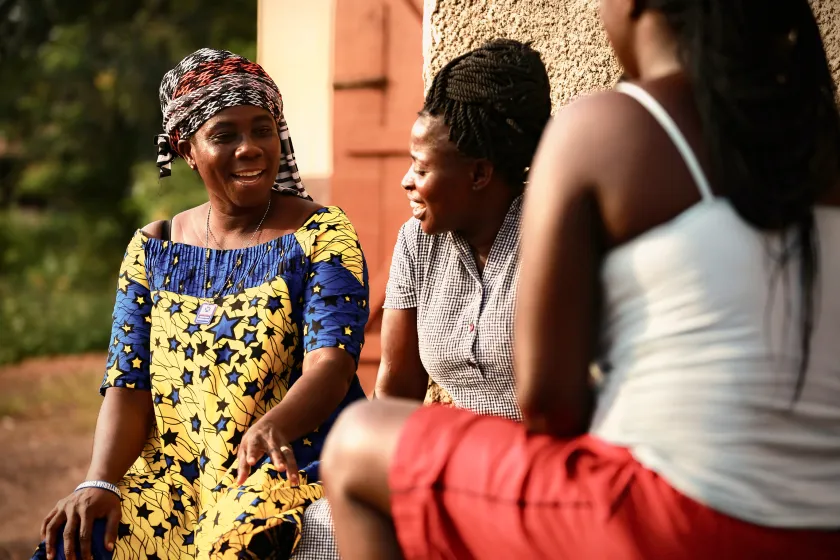Please login before you can access your favourite lists.
 Wait, before you automatically click “Essential Cookies” please read...
Wait, before you automatically click “Essential Cookies” please read...
Our website only uses optional cookies to enable our online chat service and to provide us with data which helps us improve your experience. We do NOT share this information or any other customer data with any marketing third parties and we hope this will give you the peace of mind to click “Accept All”
Essential Cookies
These cookies are essential for the website to function. They are usually only set in response to actions made by you, such as setting your privacy preferences, logging in or filling in forms.
Optional Cookies
These cookies allow us to analyse your use of the site and enhance your experience. We also use them to show you personalised content. We do not share this information or any other customer data with any marketing third parties.
.svg)




 white.svg)